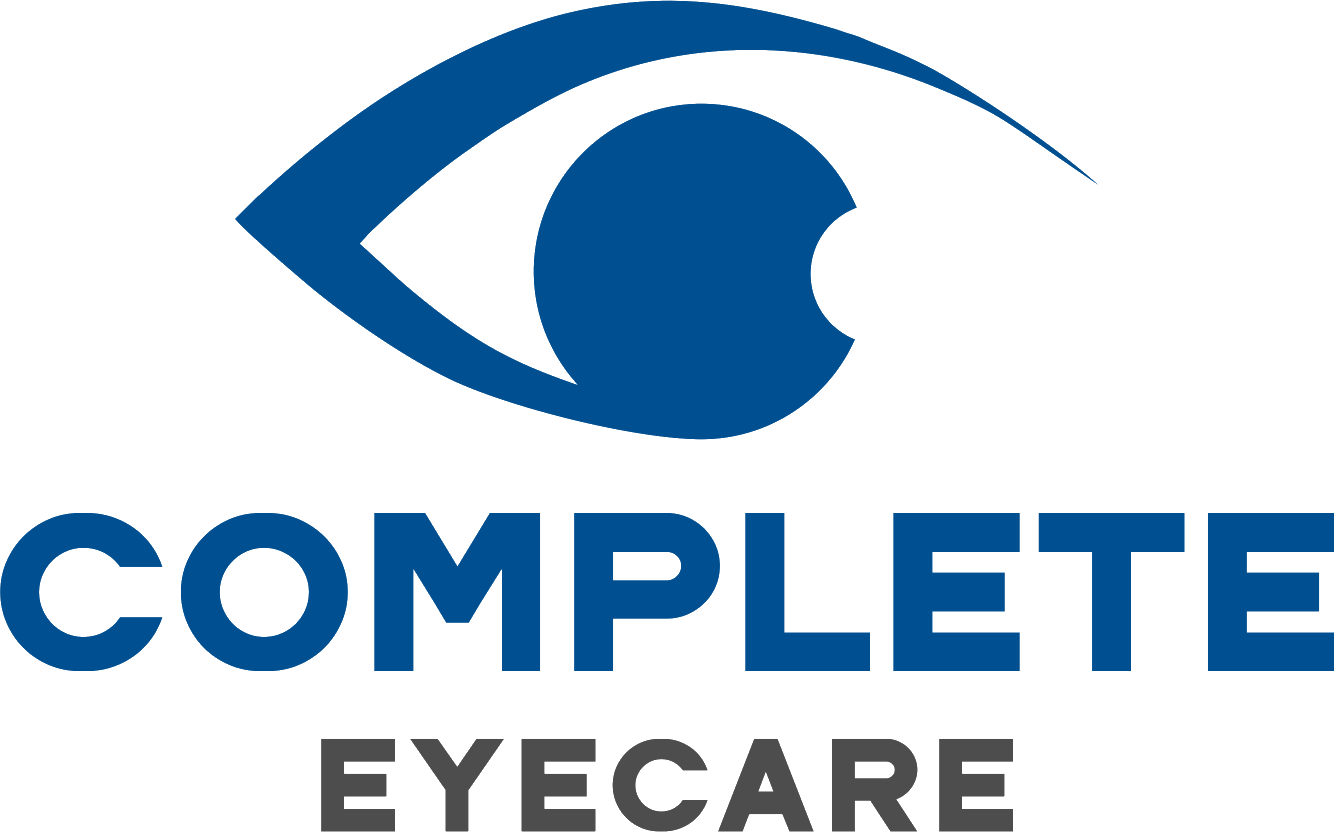
Glaucoma is a group of eye conditions that can lead to vision loss and blindness if left untreated. It occurs when the optic nerve, which is responsible for transmitting visual information from the eye to the brain, becomes damaged. This damage is often caused by increased pressure within the optic nerve, known as intraocular pressure (IOP).
Risk Factors for Glaucoma
Several factors can increase your risk of developing glaucoma:
- Age: The risk of glaucoma increases with age, with the condition becoming more common after the age of 60.
- Family History: If you have a close relative with glaucoma, you are at a higher risk of developing the condition yourself.
- Race: Certain ethnic groups, such as African Americans and Hispanics, are at a greater risk of developing glaucoma.
- Medical Conditions: Conditions like diabetes, high blood pressure, and certain eye injuries can also increase your risk of glaucoma.
- Medications: Some medications, such as corticosteroids, can contribute to the development of glaucoma.
Understanding your risk factors is crucial, as it can help you and your eye care provider take proactive steps to monitor and manage your eye health.
The Importance of Regular Eye Exams for Early Detection
Regular eye exams are essential for the early detection and prevention of glaucoma. During these exams, your optometrist will measure your intraocular pressure, evaluate the health of your optic nerve, and assess your peripheral vision. By catching glaucoma in its early stages, you can take steps to manage the condition and prevent or slow down vision loss.
Types of Glaucoma and Their Characteristics
There are several different types of glaucoma, each with its own unique characteristics and treatment approaches:
- Open-Angle Glaucoma: This is the most common form of glaucoma, characterized by a gradual increase in intraocular pressure due to a blockage in the eye's drainage system.
- Angle-Closure Glaucoma: In this type of glaucoma, the drainage angle between the iris and cornea becomes blocked, leading to a sudden and severe increase in eye pressure.
- Normal-Tension Glaucoma: In this condition, optic nerve damage occurs even when intraocular pressure is within the normal range.
- Congenital Glaucoma: This rare form of glaucoma is present at birth and is caused by an abnormal development of the eye's drainage system.
- Secondary Glaucoma: This type of glaucoma is caused by another underlying condition, such as eye injuries, certain medications, or other eye diseases.
Understanding the specific type of glaucoma you have is crucial for determining the most appropriate treatment approach.
Traditional Treatment Options
Traditional treatment options for glaucoma primarily focus on reducing intraocular pressure (IOP) to prevent further damage to the optic nerve and preserve vision. The most common initial treatment involves the use of medicated eye drops, which work by either decreasing the production of fluid within the eye or improving its outflow.
For patients who do not respond adequately to eye drops, oral medications may be prescribed to further lower IOP. If medication proves insufficient, laser therapy, such as laser trabeculoplasty, is often recommended to enhance the drainage of fluid from the eye. While these traditional methods have been effective in managing glaucoma, they often require ongoing treatment and monitoring to ensure long-term success and to minimize the risk of disease progression.
Minimally Invasive Glaucoma Surgery (MIGS)
Minimally Invasive Glaucoma Surgery (MIGS) is a cutting-edge approach to managing glaucoma that offers a safer and less invasive alternative to traditional glaucoma surgeries. MIGS procedures are designed to reduce intraocular pressure by improving the eye's natural drainage pathways or creating new ones. These surgeries involve tiny incisions and micro-sized devices, resulting in faster recovery times, fewer complications, and less trauma to surrounding eye tissues. MIGS is particularly beneficial for patients with mild to moderate glaucoma, providing an effective treatment option that can be combined with cataract surgery or performed as a standalone procedure to preserve vision and enhance quality of life.
Taking Control of Your Eye Health and Finding the Right Treatment Option
Glaucoma is a complex and potentially sight-threatening condition, but with the right treatment and management, you can take control of your eye health and preserve your vision. By understanding your risk factors, undergoing regular eye exams, and working closely with your eye care provider, you can take proactive steps to detect and manage glaucoma in its early stages.
At Dr. Krietlow & Associates, we are committed to providing comprehensive eye care and personalized treatment plans for our patients with glaucoma. We will work with you to evaluate your condition, assess your risk factors, and develop the most effective treatment strategy to preserve your vision. Visit our office in Blaine, Minnesota, or call (763) 296-8400 to book an appointment today.








